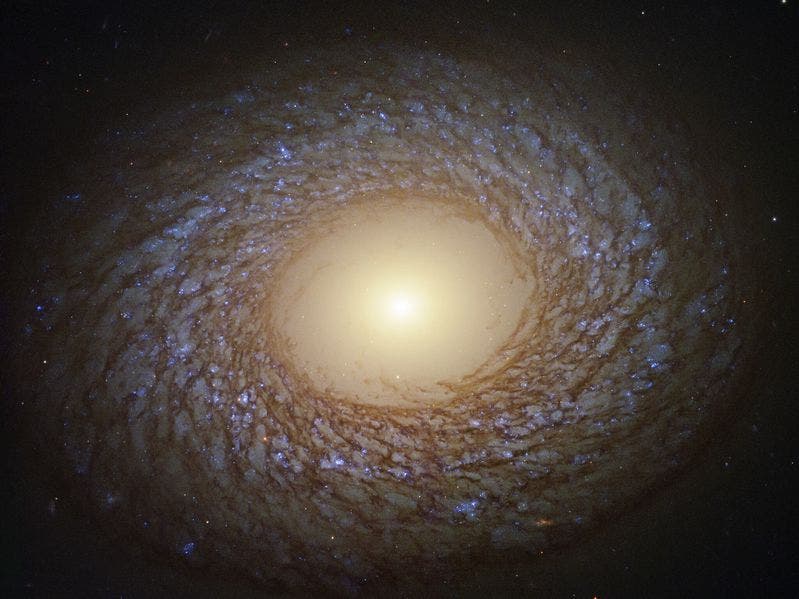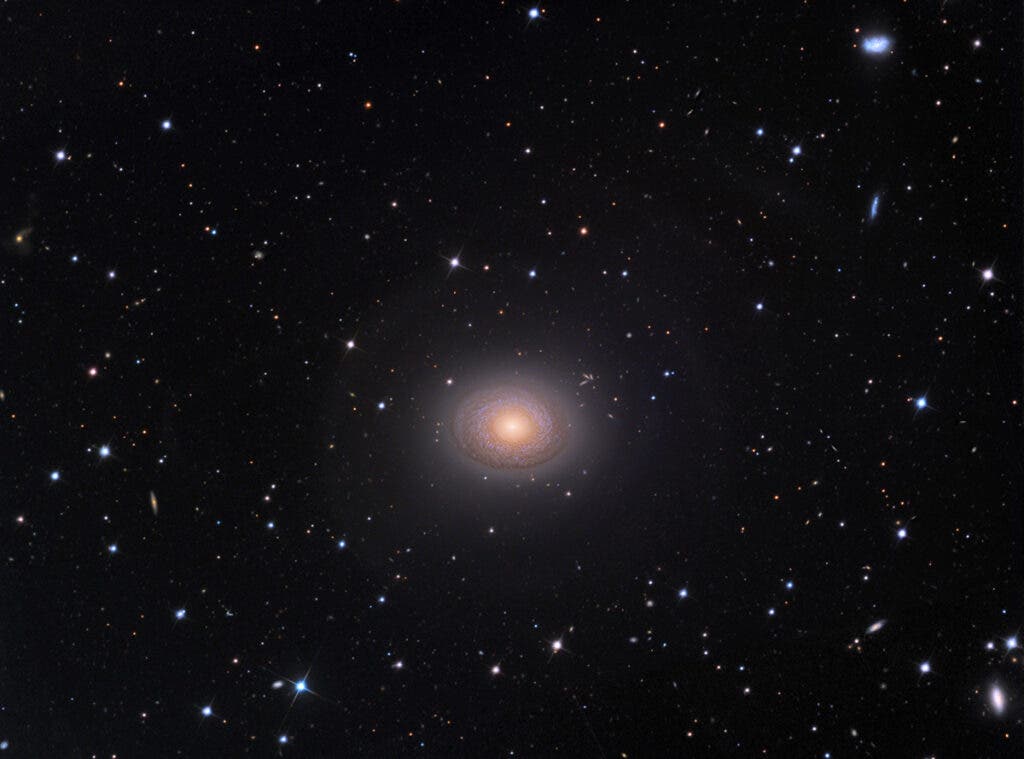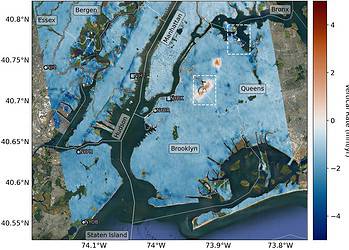
The Hubble Space Telescope produced another gem: a striking image of a galaxy located in the Cancer constellation. Known as NGC 2775, the galaxy is 67 million light-years away from Earth and has fuzzy arms spiraling from if its center.
The ‘fuzzy’ spirals of the galaxy are obscured by clouds of patchy gas, which create the fur-like effect. We tend to think of galaxies as having clearly defined arms (like the Milky Way, for instance), but these ‘flocculent’ galaxies may be much more common.
In fact, spiral galaxies only make up 10% of all galaxies. It’s believed that some 70% of them are either flocculent (like NGC 2775) or a flocculent-hybrid.
NGC 2775 is also not alone. It appears to be orbited by a satellite galaxy, as indicated by a tail of hydrogen gas that points to this neighboring galaxy.

We don’t know for sure how many galaxies there are; one analysis points at 2 trillion galaxies, brimming with countless stars at planets.
Many of these galaxies are known thanks to Hubble. Launched 30 years ago, Hubble has taken our understanding of outer space to the next level, traveling 4 billion miles in a continuous orbit around the Earth and spurring over 15,000 scientific papers.
NASA is currently preparing to launch Hubble’s successor, the James Webb Space Telescope, in March 2021. James Webb will be able to look further into the void than Hubble, with over 100 times greater magnification.
In addition to many other tasks, astronomers will use the James Webb telescope to look at some of the first galaxies formed after the Big Bang.
Undoubtedly, many of these will be fluffy.






